The vaccine technologies market is currently characterized by a dynamic competitive landscape, driven by innovation, strategic partnerships, and a focus on addressing emerging health challenges. Major players such as Pfizer (US), Moderna (US), and Johnson & Johnson (US) are at the forefront, leveraging their extensive research capabilities and established market presence to enhance their product offerings. Pfizer (US) has positioned itself as a leader in mRNA technology, while Moderna (US) continues to expand its portfolio beyond COVID-19 vaccines, focusing on personalized medicine and infectious diseases. Johnson & Johnson (US) emphasizes its commitment to global health through its single-dose vaccine strategy, which aims to improve accessibility in underserved regions. Collectively, these strategies foster a competitive environment that prioritizes rapid innovation and responsiveness to public health needs.
Key business tactics within the market include localizing manufacturing and optimizing supply chains to enhance efficiency and reduce costs. The competitive structure appears moderately fragmented, with several key players holding substantial market shares while also facing competition from emerging biotech firms. This fragmentation allows for a diverse range of products and approaches, which can be beneficial in addressing various health challenges. The influence of established companies remains significant, as they often set industry standards and drive technological advancements.
In October 2025, Moderna (US) announced a strategic partnership with a leading biotechnology firm to develop a new vaccine platform aimed at combating emerging viral threats. This collaboration is expected to enhance Moderna's capabilities in rapid vaccine development, potentially positioning the company as a frontrunner in the next generation of vaccine technologies. The strategic importance of this partnership lies in its potential to streamline the vaccine development process, thereby improving response times to future pandemics.
In September 2025, Pfizer (US) launched a new initiative focused on expanding its manufacturing capabilities in the U.S. This move is likely to bolster domestic production and ensure a more resilient supply chain, particularly in light of recent global disruptions. By investing in local facilities, Pfizer (US) aims to enhance its operational efficiency and reduce reliance on international supply chains, which could be crucial for maintaining market leadership.
In August 2025, Johnson & Johnson (US) unveiled a new sustainability initiative aimed at reducing the environmental impact of its vaccine production processes. This initiative reflects a growing trend within the industry towards sustainable practices, which may resonate with increasingly eco-conscious consumers and stakeholders. The strategic importance of this initiative lies in its potential to enhance the company's brand reputation while also addressing regulatory pressures related to environmental sustainability.
As of November 2025, current trends in the vaccine technologies market indicate a strong emphasis on digitalization, sustainability, and the integration of artificial intelligence (AI) in research and development processes. Strategic alliances are increasingly shaping the competitive landscape, enabling companies to pool resources and expertise to accelerate innovation. Looking ahead, it appears that competitive differentiation will evolve from traditional price-based competition to a focus on technological innovation, supply chain reliability, and sustainable practices. This shift may redefine how companies position themselves in the market, emphasizing the importance of adaptability and forward-thinking strategies.


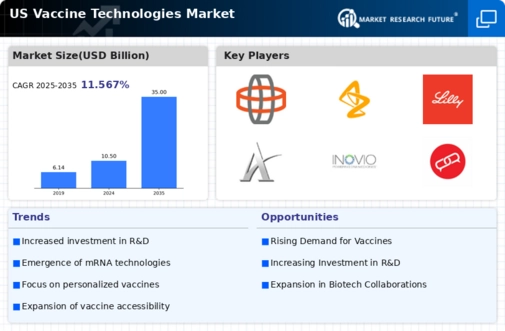
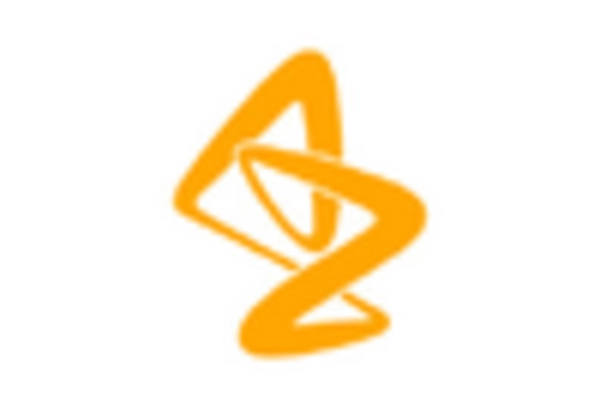
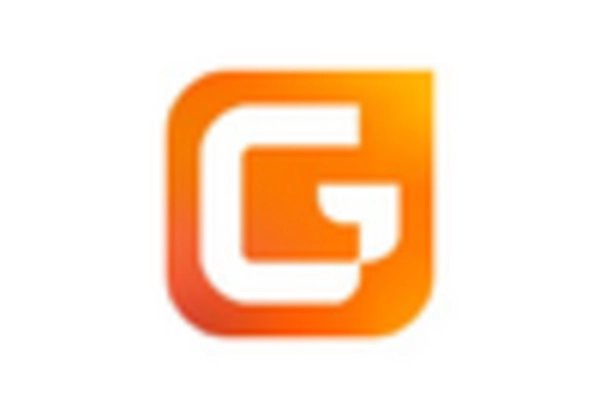
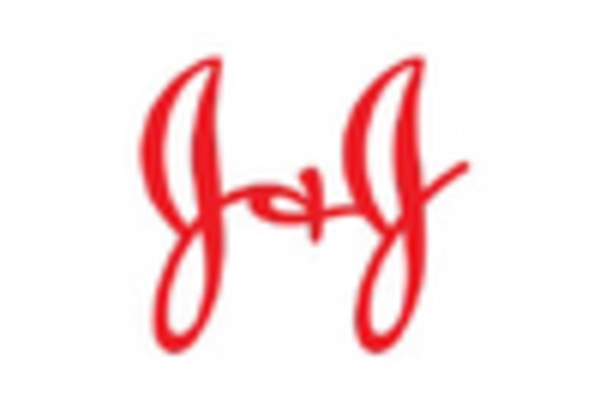
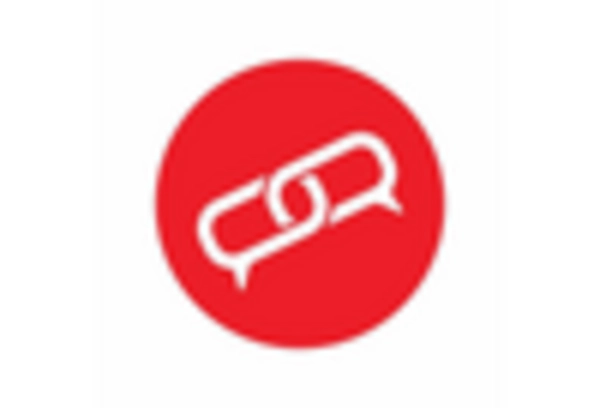
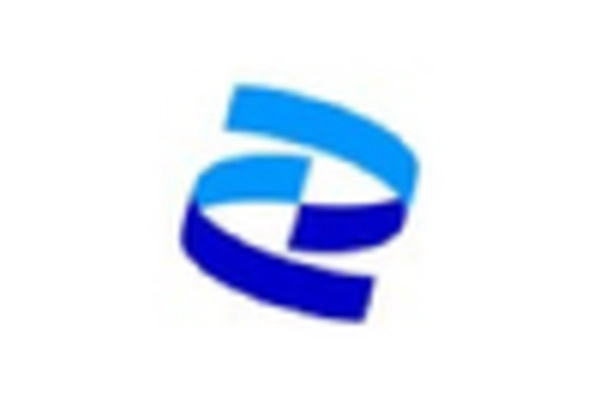
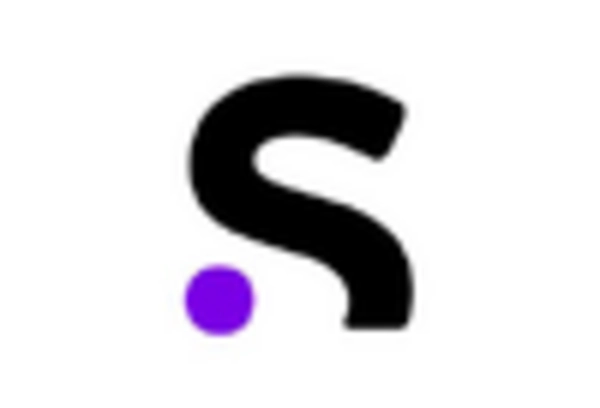








Leave a Comment